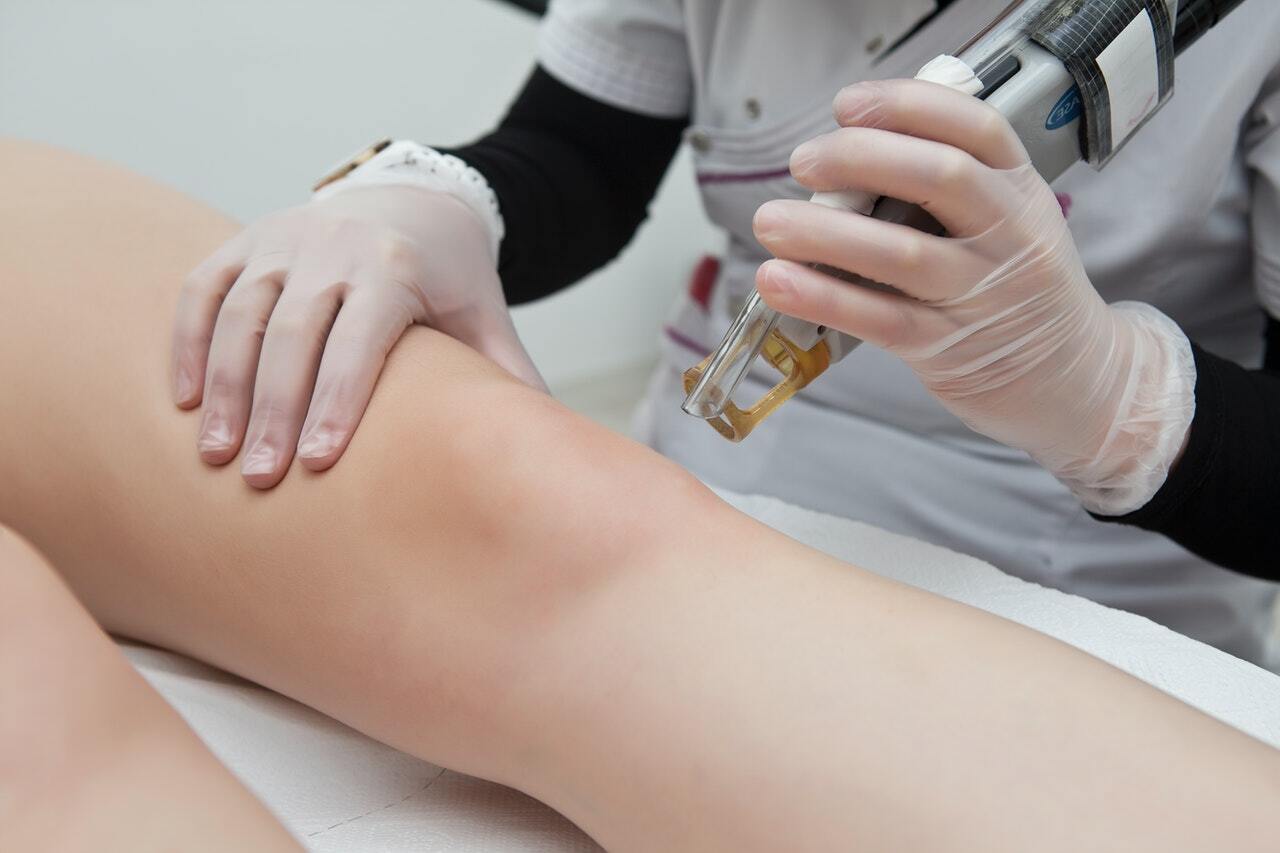
Ingrown hairs can be a pesky problem, causing discomfort and sometimes even infections. But what exactly are they? Ingrown hairs occur when hair curls back or grows sideways into the skin, often resulting in red, inflamed bumps. These can appear anywhere hair grows but are most common in areas where people shave, wax, or tweeze. Understanding the causes and prevention methods can help you manage and avoid these irritating bumps. In this post, we'll share 40 facts about ingrown hairs to help you better understand and deal with them effectively. Ready to get rid of those annoying bumps? Let's dive in!
What Are Ingrown Hairs?
Ingrown hairs occur when hair curls back or grows sideways into the skin. They can be annoying and sometimes painful. Here are some interesting facts about them.
-
Ingrown hairs are common. Almost everyone experiences them at some point. They often appear after shaving, waxing, or plucking.
-
Curly hair is more prone. People with curly or coarse hair are more likely to get ingrown hairs. The natural curl can cause the hair to re-enter the skin.
-
They can cause inflammation. When a hair grows back into the skin, it can cause redness, swelling, and even pus-filled bumps.
-
Men get them often. Men, especially those who shave their faces, are more likely to experience ingrown hairs. They often appear on the neck and chin.
-
Women are not immune. Women can get ingrown hairs too, especially in areas they shave or wax, like legs, underarms, and bikini lines.
Causes of Ingrown Hairs
Understanding what causes ingrown hairs can help in preventing them. Here are some key causes.
-
Improper shaving techniques. Shaving too closely or using a dull razor can cause hairs to grow back into the skin.
-
Tight clothing. Wearing tight clothes can cause friction, leading to ingrown hairs, especially in areas like the thighs and bikini line.
-
Dead skin cells. A buildup of dead skin cells can clog hair follicles, forcing hair to grow sideways.
-
Hair removal methods. Waxing and plucking can sometimes leave hair fragments under the skin, causing ingrown hairs.
-
Genetics. Some people are simply more prone to ingrown hairs due to their genetic makeup.
Symptoms of Ingrown Hairs
Recognizing the symptoms can help in treating ingrown hairs early. Here are some common signs.
-
Red bumps. Small, red, and sometimes itchy bumps are a common sign of ingrown hairs.
-
Pus-filled lesions. Infected ingrown hairs can form pus-filled lesions that resemble pimples.
-
Pain and tenderness. The area around an ingrown hair can become painful and tender to the touch.
-
Darkening of the skin. Sometimes, ingrown hairs can cause hyperpigmentation, leading to dark spots on the skin.
-
Visible hair under the skin. You might see the hair trapped beneath the surface of the skin.
How to Prevent Ingrown Hairs
Prevention is better than cure. Here are some tips to avoid getting ingrown hairs.
-
Exfoliate regularly. Removing dead skin cells can help prevent hair follicles from getting clogged.
-
Use sharp razors. Always use a sharp, clean razor to reduce the risk of ingrown hairs.
-
Shave in the direction of hair growth. Shaving against the grain increases the likelihood of hairs growing back into the skin.
-
Moisturize. Keeping your skin hydrated can help prevent ingrown hairs.
-
Avoid tight clothing. Wearing loose-fitting clothes can reduce friction and prevent ingrown hairs.
Treatment for Ingrown Hairs
If you already have ingrown hairs, here are some ways to treat them.
-
Warm compress. Applying a warm compress can help soften the skin and bring the ingrown hair to the surface.
-
Gently exfoliate. Use a gentle scrub to remove dead skin cells and free the trapped hair.
-
Use tweezers. Sterilized tweezers can be used to gently lift the hair out of the skin.
-
Topical treatments. Over-the-counter creams containing salicylic acid or glycolic acid can help treat ingrown hairs.
-
Avoid picking. Picking or scratching can lead to infection and scarring.
Complications of Ingrown Hairs
Sometimes, ingrown hairs can lead to more serious issues. Here are some potential complications.
-
Infections. Ingrown hairs can become infected, leading to painful, pus-filled bumps.
-
Scarring. Repeated ingrown hairs can cause permanent scars on the skin.
-
Hyperpigmentation. Dark spots can form where ingrown hairs repeatedly occur.
-
Keloids. Some people may develop keloids, which are raised scars, from ingrown hairs.
-
Folliculitis. This is an inflammation of the hair follicles that can be caused by ingrown hairs.
Myths About Ingrown Hairs
There are many myths surrounding ingrown hairs. Here are some common ones debunked.
-
Only people who shave get ingrown hairs. While shaving increases the risk, anyone can get ingrown hairs.
-
Ingrown hairs are always painful. Some ingrown hairs cause no pain at all.
-
You should always pluck ingrown hairs. Plucking can make the problem worse and lead to infection.
-
Exfoliating too much helps. Over-exfoliating can irritate the skin and worsen ingrown hairs.
-
They will go away on their own. Some ingrown hairs may need treatment to resolve.
Interesting Facts About Ingrown Hairs
Here are some lesser-known facts about ingrown hairs that might surprise you.
-
Ingrown hairs can occur anywhere. They can appear on any part of the body where hair grows.
-
Laser hair removal can help. Laser treatments can reduce hair growth and prevent ingrown hairs.
-
Certain skin types are more prone. People with oily skin or larger pores may experience more ingrown hairs.
-
They can mimic other conditions. Sometimes, ingrown hairs are mistaken for acne or other skin conditions.
-
Proper skincare can reduce them. A good skincare routine can significantly reduce the occurrence of ingrown hairs.
Final Thoughts on Ingrown Hairs
Ingrown hairs can be a real pain, but understanding them helps manage and prevent them. They happen when hair curls back into the skin, causing bumps, redness, and sometimes infection. Shaving, waxing, and tight clothing often lead to these pesky problems. To avoid them, exfoliate regularly, use proper shaving techniques, and wear loose-fitting clothes. If you do get one, resist the urge to pick at it. Instead, use warm compresses and over-the-counter treatments to soothe the area. Persistent or severe cases might need a doctor's attention. Remember, everyone's skin is different, so what works for one person might not work for another. Stay patient and keep trying different methods until you find what suits your skin best. With the right care, you can keep your skin smooth and ingrown-hair-free.
Was this page helpful?
Our commitment to delivering trustworthy and engaging content is at the heart of what we do. Each fact on our site is contributed by real users like you, bringing a wealth of diverse insights and information. To ensure the highest standards of accuracy and reliability, our dedicated editors meticulously review each submission. This process guarantees that the facts we share are not only fascinating but also credible. Trust in our commitment to quality and authenticity as you explore and learn with us.


